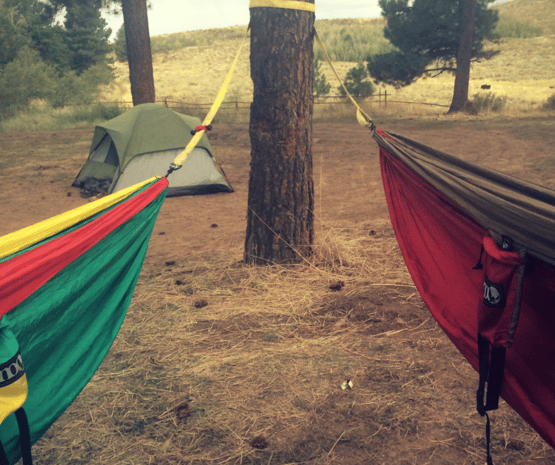
Imagine dozing beneath a constellation of stars, the warm summer air carrying with it a scent of pine and sagebrush.
When we usually go camping, our view from our sleeping bag or bed is either of a tent tarp or the ceiling of a trailer. It's not too often that you get the silvery view of the milky way.
This is why hammocking is such a unique experience as you get to sleep in nature with no walls and no ceilings—just you being held aloft by two trees and the supportive comfort of a hammock.
Feeling adventurous for this experience? Check out below on the basics of how to try hammocking for the first time.
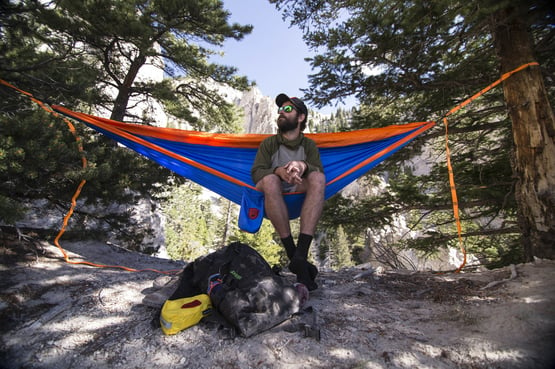
Equipment
Every outdoorsman is not without his supplies. If you're going to be hammocking, you need to know what to bring in order to maximize your sleeping experience.
Hammock: Material is a matter of preference. Brazilian hammocks are made of cotton and as such are very comfortable, whereas rope hammocks usually have wooden spreader bars on the ends to help keep the hammock spread out. There are also quilted hammocks, which are weather resistant and have beautiful color patterns, and nylon camping hammocks to keep you warm and are lightweight enough to carry in a small backpack.
- Ties: This is where you can get resourceful. I would recommend tree straps, as they are very simple and quick to use. They can be adjusted for distance and won't damage the trees you hang from. For those who want to hang a hammock for long term, wall anchors or hammock stands can be used. And if it comes down to it, ropes are still a go-to when you need to tie anything down.
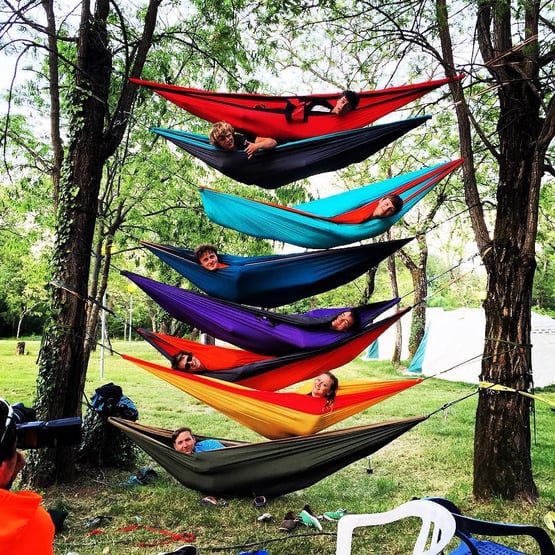
If you choose straps or ropes, you can be flexible in where you hang your hammock. Trees work great as long as they are large enough to support your weight, but you can also use a vehicle and a tree, two vehicles, and even buildings given that they provide a location where you can tie your straps around.
Just remember to take into account the hammock length, the length of the ties you are using, and the distance between your supports. Most hammocks usually need around 10 to 15 feet of space between posts, but this depends on your hammock's size and style.
Bedding: This depends on the temperature and where you are at. If you are up in the mountains, it would be recommended you bring a sleeping bag and a few pillows to help fight off the draft that comes from all sides. Warm blankets can do if you are just outside your house—you can get heated up quickly in a sleeping bag in the summer air, and if you do get cold you can just walk in and grab an extra blanket.
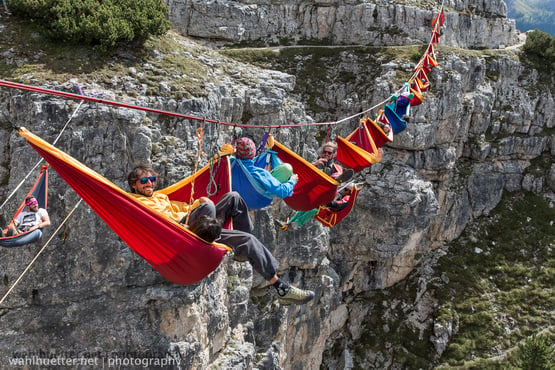
Location
A great deal of Southeastern Idaho is a bounty of beautiful mountains, valleys, and hills. As such, we have so many locations to choose from!
- Scout Mountain: close enough but also secluded enough to get the full hammocking experience without traveling too far from home. It provides trees that are strong and supportive, a view of the nighttime sky, and peaceful scenery.
- Pebble Creek: this area isn't just for skiing in the winter and mountain biking in the summer. The backside of the course can easily boast of plentiful trees and areas to hike your hammocks up.
- Your own backyard: the fun of being outside while being near enough to your house if it starts to rain. What's nice about this is that if you have a hammock stand, you don't have to haul the thing up the mountain with you. It also is a quick, fun impromptu activity if its already too late to drive up and find a location amidst the hills.
What is important is to find a dry, relatively wind-free area that can support you and your fellow hammockers throughout the night with little interruption.
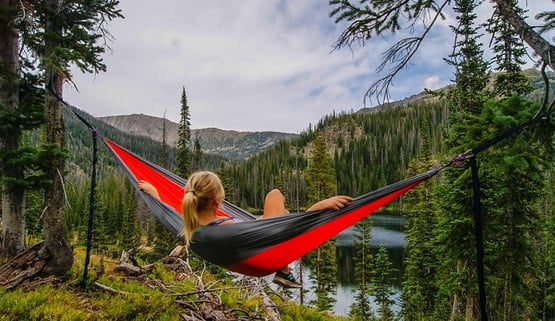
Hammocks provide a fun way to engage in the outdoors overnight and can be a useful camping tool. If you are interested in the outdoors, CEWT offers classes that provide information and basic instruction on getting started. Call (208) 282-3372 or visit cetrain.isu.edu for more information.

-1.png)
